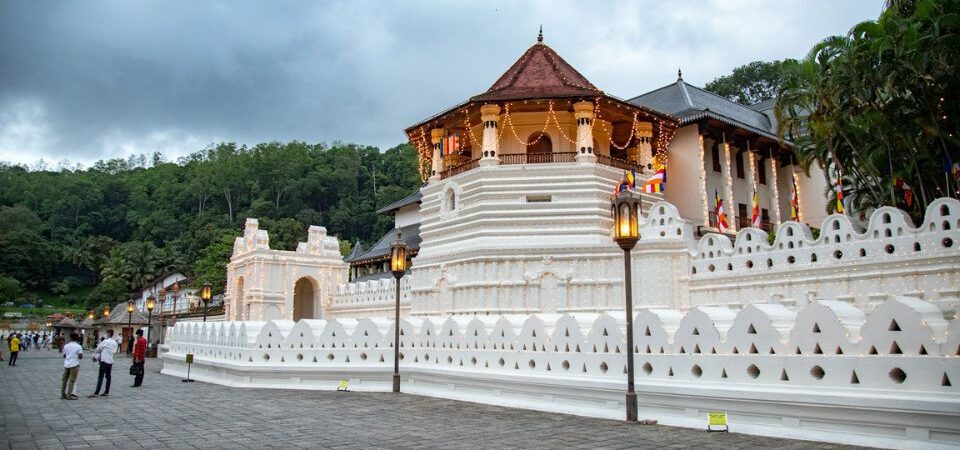Kandy Perahera – the greatest cultural show in Sri Lanka!
Every year, between the months of July and August, the Kandy Perahera unfolds in the revered ancient city of Kandy in a spectacular fashion.
An event of historical significance, the Perahera is a city-wide procession that presents the opportunity for country’s Buddhists to venerate the most sacred tooth relic, believed to belong to Lord Buddha himself. As such, the event is one of profound meaning to millions of Sri Lankans.
Due to its cultural significance and breathtaking displays of fire dancers, decked-out elephants, and the sight of the tooth relic itself, the Kandy Perahera, also known as Kandy Esala Perahera, has become a must-see for travellers around the world.
Origin and history
Esala, which is the Sinhalese term for the month of July, is a period of religious importance for Buddhists. From the time of Lord Buddha’s life, the Esala festival marked the celebration of the Buddha’s birth, his renunciation, and his first sermon. It also marked the beginning of the South Asian monsoon season, which stands true to this day.
Organised by the Sri Dalada Maligawa, more famously known as the Temple of the Tooth, the Kandy Perahera marks weeks of celebrations, which dates back to the 6th Century BC. The glittering procession also venerates the gods Natha, Vishnu, Kataragama and goddess, Pattini, who share a joint Hindu and Buddhist heritage.
Given its eclectic history, the Kandy Esala Perahera is often considered a joint celebration of two, very important Buddhist observances – the Esala Perahera and Dalada Perahera. Several historical accounts, such as those of Robert Knox and John Davy, confirm the stately nature of the processions, albeit with a few variations that befitted the traditions and circumstances of the time.

The Kandy Perahera today
If you were to visit Kandy between the months of July and August, you would find a city bubbling with excitement and anticipation, as it prepares for a feast of local festivities.
The Perahera starts with the planting of a young jackfruit tree, which is performed at an auspicious time decided by local astrologers. The tree is sprinkled with sandalwood-scented water, after which nine different kinds of exotic flowers, an oil lamp and wicks are offered. A priest recites prayers while this ritualistic process unfolds.
There are two processions that take place during the period. These include the Kumbal Perahera and the Randoli Perahera, both of which are spectacular and unique in their own way. The Randoli Perahera, for instance, incorporates the treasured palanquins, which were used by former kings and queens when they travelled.
As the processions unfold, regal tuskers, thrilling fire dancers, whip-crackers, acrobatic Kandyan dancers and musicians take the streets, presenting enthralled audiences with a display of colour, light, and glimpses of Sri Lanka’s rich history.

Where you need to be
If you’re in Sri Lanka during this period or are planning your travel around this breathtaking event, make sure you check the schedule of processions and get your front seats to witness the best of the Kandy Esala Perahera.
If you’re lucky, you may even be able to grab a seat by the pavement surrounding the expansive Kandy lake. More accurately known as the Bogambara Weva, the lake itself is a site of historical importance. Beyond being a great spot for witnessing the stunning sights of the Kandy Perahera, you can also sit comfortably and enjoy cooler temperatures in one of the best vantage points in the city.
Apart from the procession, there are many other things you can see and do here. From museums with some of the country’s oldest artifacts to psychedelic haunts like Helga’s Folly, Kandy is a one-stop-shop for everything Sri Lanka is renowned for; culture, history, and breathtaking scenery.





Leave a comment